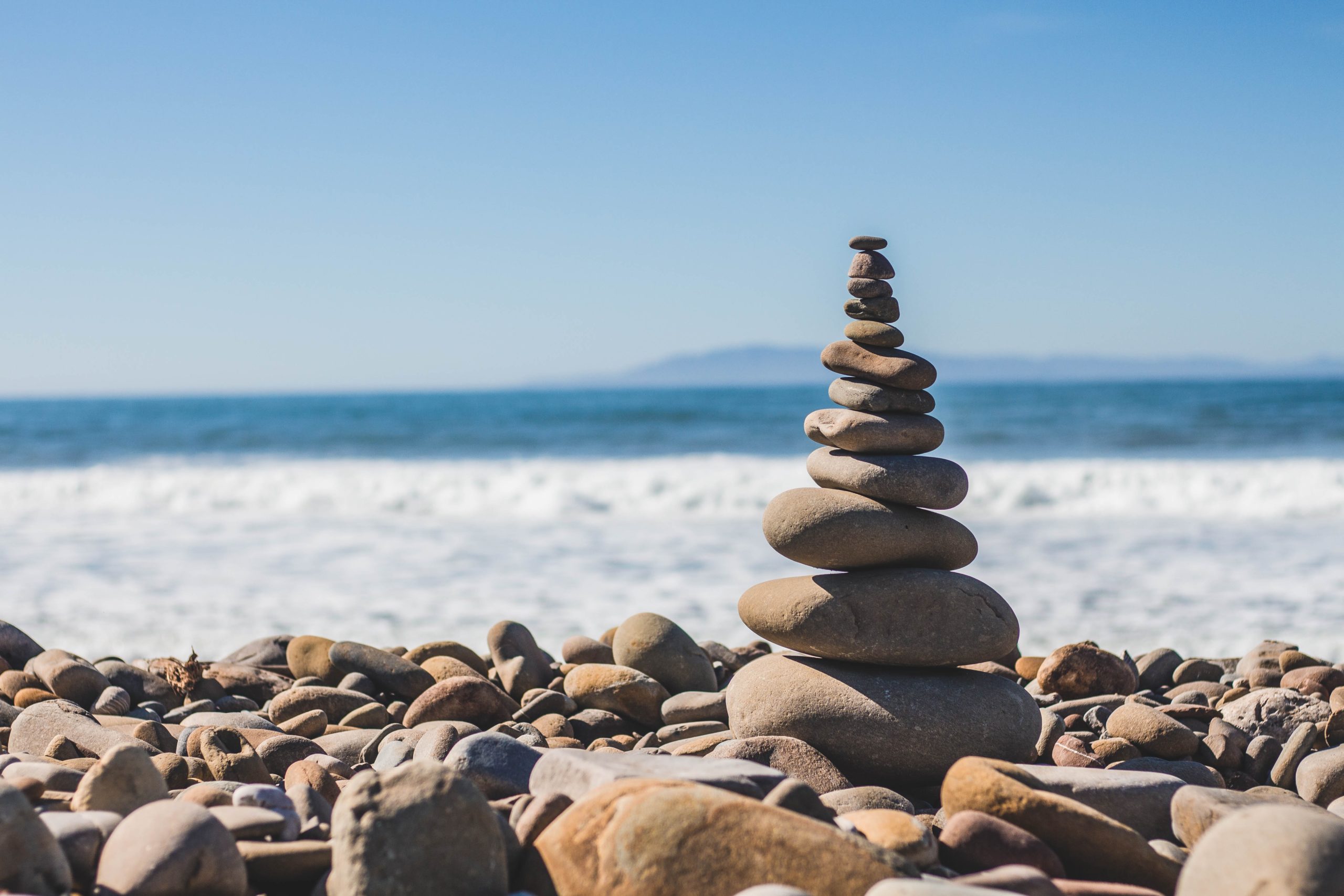Falling is one of the leading causes of injury in senior citizens. In fact, the National Council on Aging reports that, “falls result in more than 2.8 million injuries treated in emergency departments annually, including over 800,000 hospitalizations and more than 27,000 deaths.” Furthermore, in 2015, the cost of fall related injuries in the elderly topped 50 billion dollars! With one in four citizens aged 65 or older involved in falls each year, finding balance as we age is important to be able to prevent a fall related accident that could result in injury, or even worse, death.
Why do we lose balance?
Just like anything, our body’s operating systems tend to deteriorate with age. We balance using several different mechanisms. First, we use our eyes to see objects and adjust accordingly to the world around us. As we age, vision tends to be one of the first operating systems to go. Our next mechanism is the vestibular system, which is located within the inner ear and gives us a sense of where we are in the space around us. If you were to ip upside down, with your eyes closed, you would know it because of the vestibular apparatus. As with vision, this too declines with age. The proprioceptive system is responsible for your sense of touch, it allows you to feel the ground underneath you and helps you determine where to place your feet when making movements. Lastly, as you age, your muscles begin to deteriorate and weaken which means losing control of your body movements. The loss of these operating systems all contribute to an increased risk of falls in senior citizens.
Is there anything we can do?
Vision, balance in space, sense of touch, and muscles all help prevent people from falling. Just about all of these can be worked on to either improve balance or at least retain the balance you have left. Vision can be corrected to some extent with eye glasses, but there are also exercises you can do to strengthen your vision, as well as vitamins you can take. The vestibular and proprioceptive systems can be worked on more directly by shutting down the vision center, aka closing your eyes (of course, this should only be done in a safe controlled environment). The muscular system is a little simpler. Finding balance as we age can be done by improving bone density and muscle mass through resistance training.
What to do?
To strengthen your eyesight, you can sit and do a couple of exercises. First, you can imagine a large infinity symbol about ten feet in front of you and “trace” the infinity symbol with your eyes, go one direction for a few minutes and then go the opposite direction for a few minutes.
You can improve balance by strengthening the vestibular and proprioceptive center by closing our eyes. First, find something sturdy to hold on to (this can be a wall, chair, or table that won’t move when leaned up against). Second, try closing your eyes for about 20 seconds. Next, lift one foot o the ground while holding on to the wall and keeping your eyes closes. Next, while lifting one foot and your eyes closed, slowly rotate your head from side to side and up and down. Doing these simple exercises, a couple minutes a day will go a long way.
Resistance training can help stop muscles from atrophy, and subsequently improve balance. Many falls happen as someone stands up, so a great exercise is the “sit to stand.” The name says it all. Start in a chair and stand up, try doing this unassisted, meaning don’t use your hands to push o the thighs. Doing these will help strengthen the muscles in the legs which are crucial for balance.
Balance is much like anything else, if you don’t use it, you lose it. Will working on balance exercises prevent all falls? Not entirely, but what it can do is reduce the likely hood of a fall. Don’t wait until you have balance issues to work on it, start now and enjoy an active retirement!
Related articles:
Learn More About Stand-Up Paddleboarding!
Keep On Rucking: 9 Things I Did For My Health During The Pandemic
Burning Up: The Truth About Heartburn

